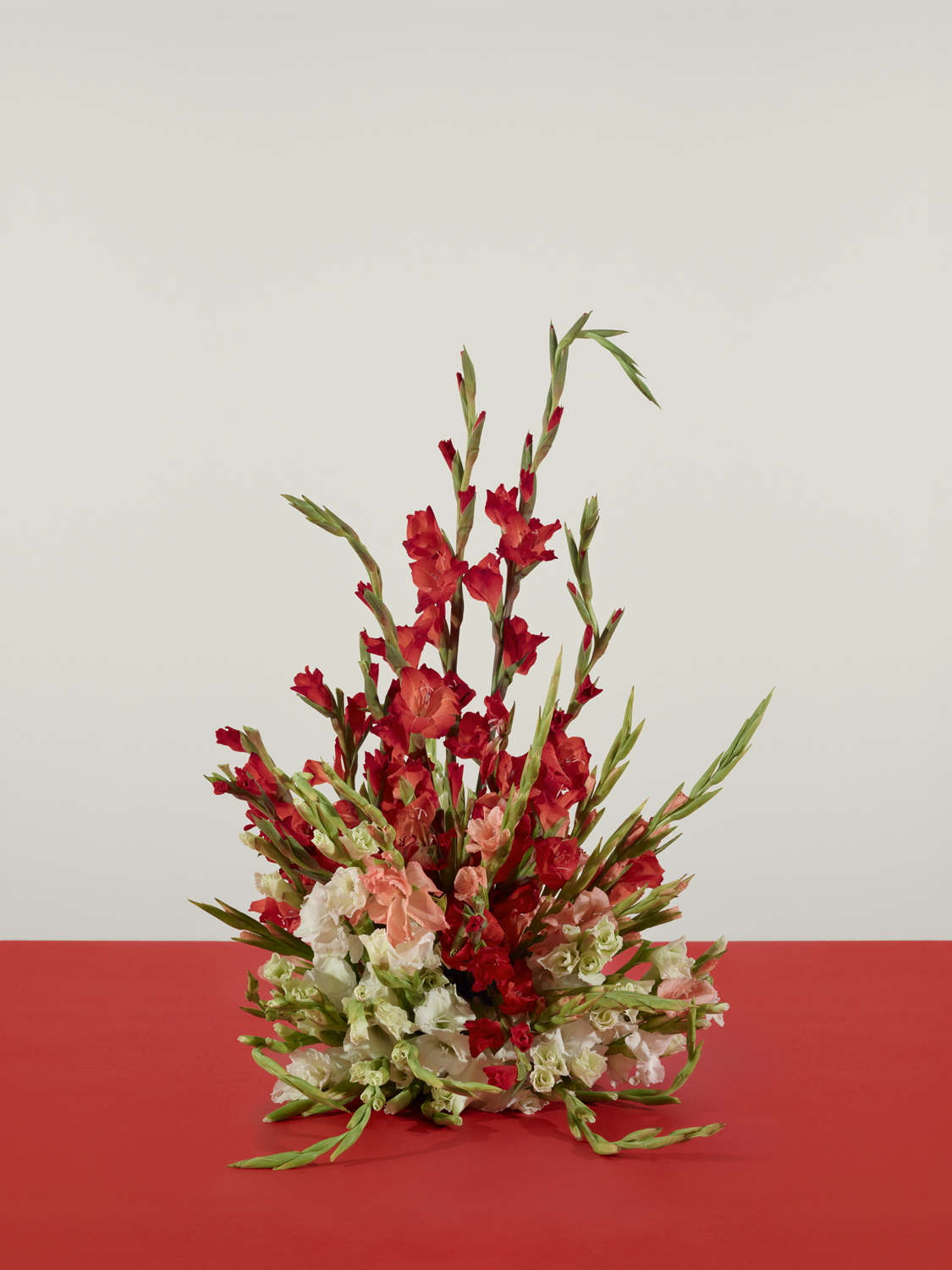
In 2012, Taryn Simon discovered a photograph from the Munich conference of Hitler and Mussolini. “They were sitting around this bouquet of flowers,” she says. “They were striking in the photograph and I was interested in how nature was this sort of castrated, silent observer of this decisive moment in history.”
The artist examined other signings, digging through presidential library directories, image databases and archival sources, from Pakistani newspapers to Chinese periodicals. Each had one thing in common: be it a combination of Dutch daffodils, Thai hybrids, Costa Rican palms, Portuguese gladioli or American ferns, an exquisite botanic ensemble blossomed on the tables of meetings between world leaders enacting treaties. But what can these silent bystanders tell us? What does their presence signify, if anything?
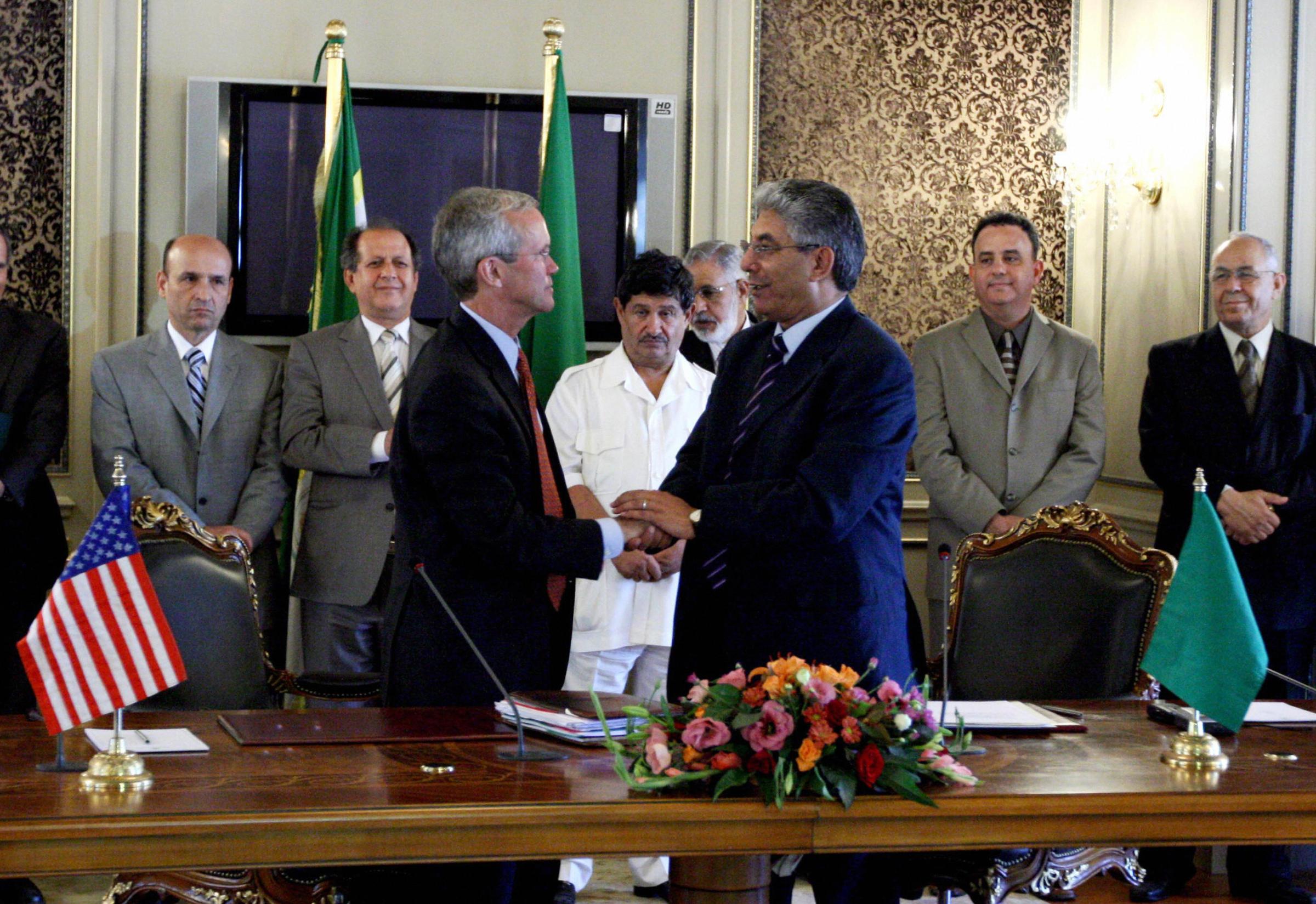
It’s the focus of Simon’s latest exhibition at the Gagosian Gallery in New York. Paperwork and the Will of Capital examines what she calls the “stagecraft of power,” how it’s created, performed, marketed and maintained. A brilliant array of three dozen pop-art-like still photographs surrounding glass-cased concrete pillars, the show examines the backstory of bouquets present at diplomatic accords made between 1968 and 2014.
Simon’s work is multidisciplinary, encompassing photography, text, sculpture, film, performance and, sometimes, botany. Her work ranges from photo essays on Birds of the West Indies to Bosnian genocide victims, images of innocents who served time in prison to locations kept secret from the public. All is an attempt to organize the chaos of authority and the unknown—what she calls “the things that keep you up at night.”
“I’m interested in looking at the ways in which we organize to limit vulnerability. whether it be through authority, governance or economics, and looking at the vulnerability in that,” she says.
For her latest exhibit, Simon imported four thousand flowers from the world’s largest flower market. She worked with Bronx Botanical Gardens botanist Daniel Atha to identify the plant, then matched each with background and foreground colors that signal ideas of nationalism.
“There was an overwhelming mass of flowers,” she says. “We were working on tight clocks because of their short lifespan, steaming some that wouldn’t open and delaying others that were dying.”
The flowers were pressed and placed in concrete presses, along with photographs and text that annotates the agreement. “They are up against each other in a race against time for what will last as a record,” says Simon. “The English language, the photograph or the actual ovarian specimen itself.”
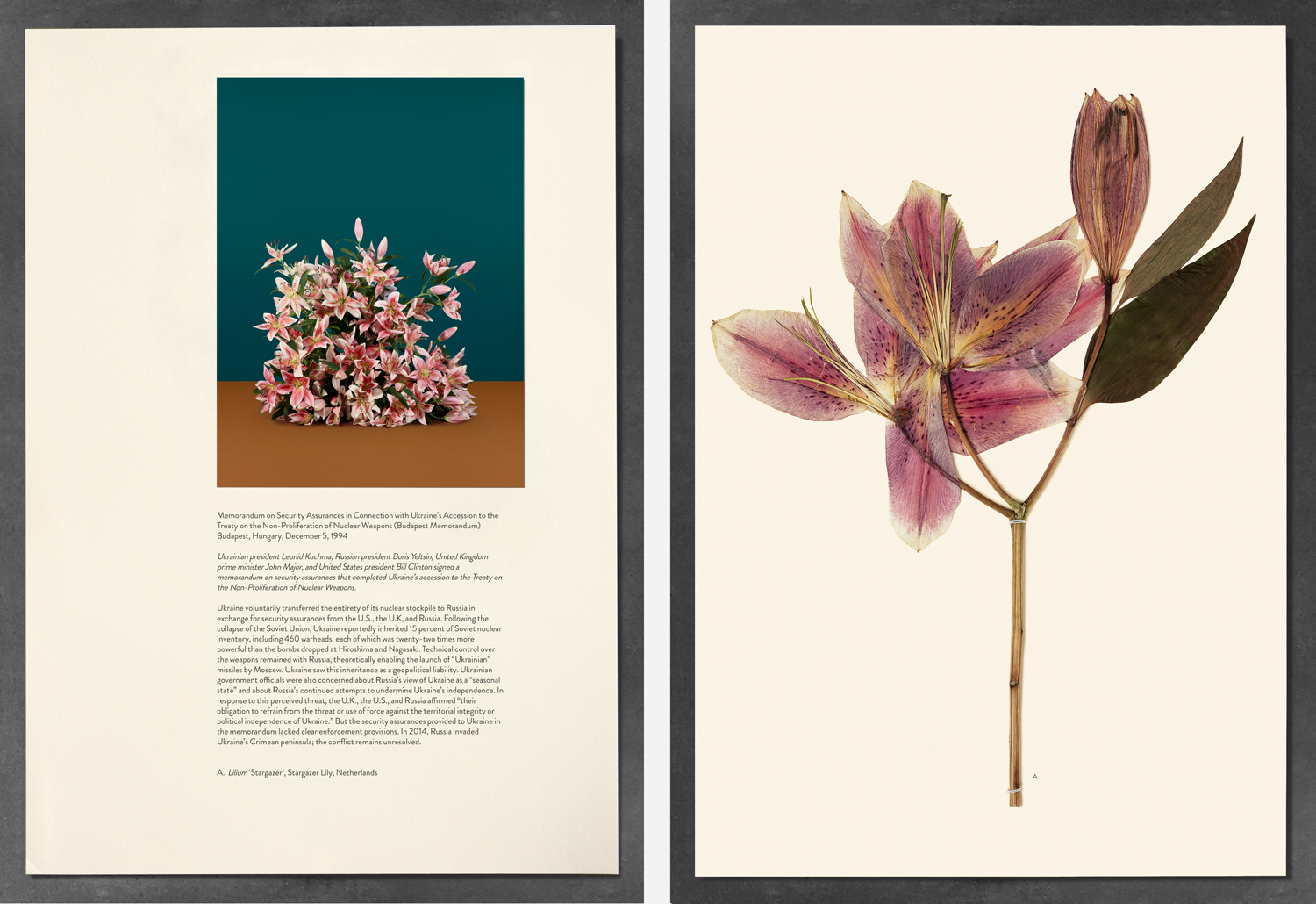
Many of the flowers had been modified through altered color and shape or with delayed bloom designed to make them more commercially successful. Such themes, says Simon, are reflected in the signings themselves. “The flower industry operates in many of the manipulative ways that governance and power can operate, with alterations and decisions made for economic reasons,” she says.
The exhibition, titled “Paperwork, and the Will of Capital,” opens on February 18th at the Gagosian gallery in New York.
Taryn Simon is a New York-based multidisciplinary artist who works in photography, text, sculpture, film and performance.
Rachel Lowry is a writer and contributor for TIME LightBox. Follow her on Twitter and Instagram @rachelllowry.

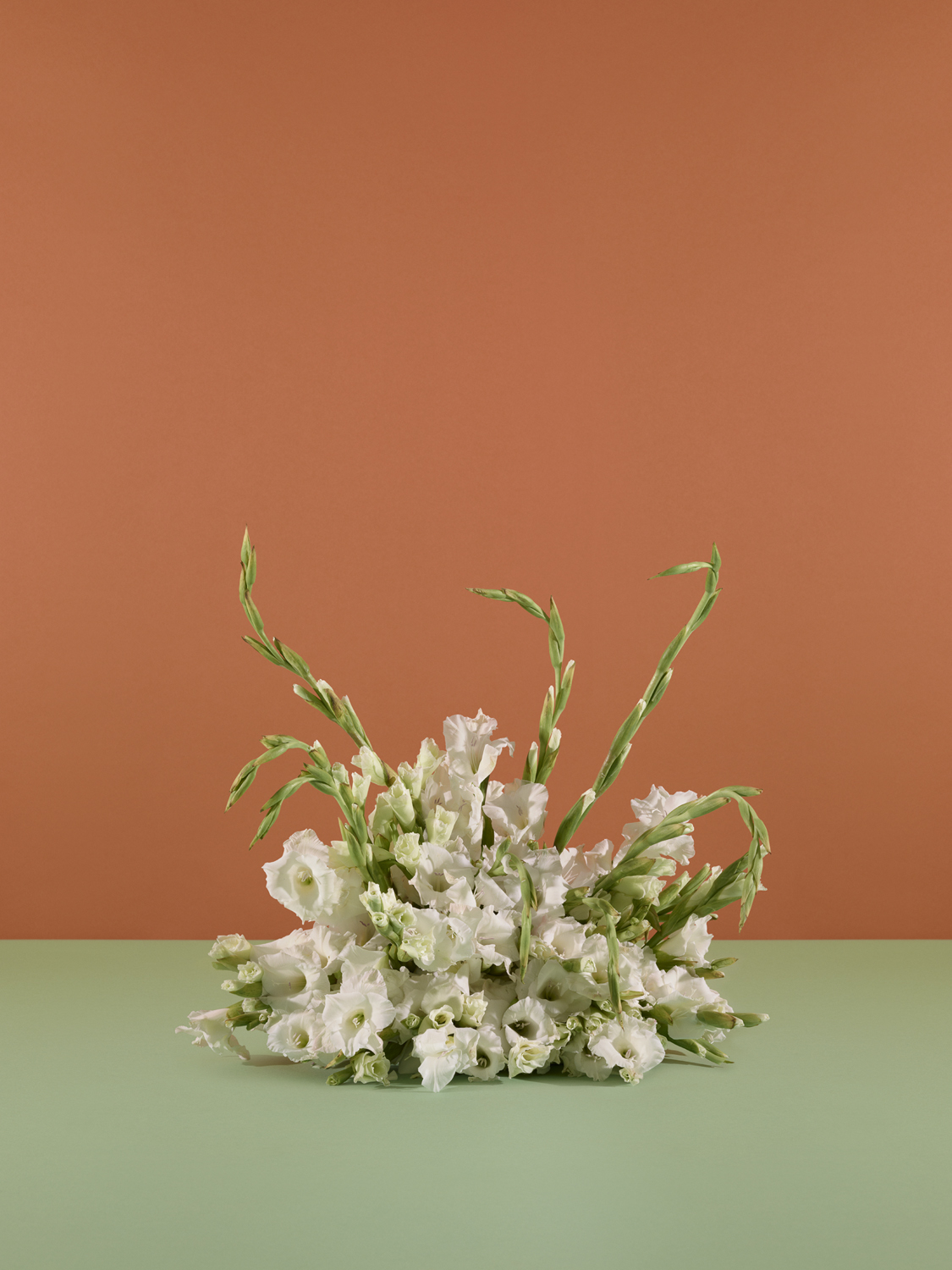
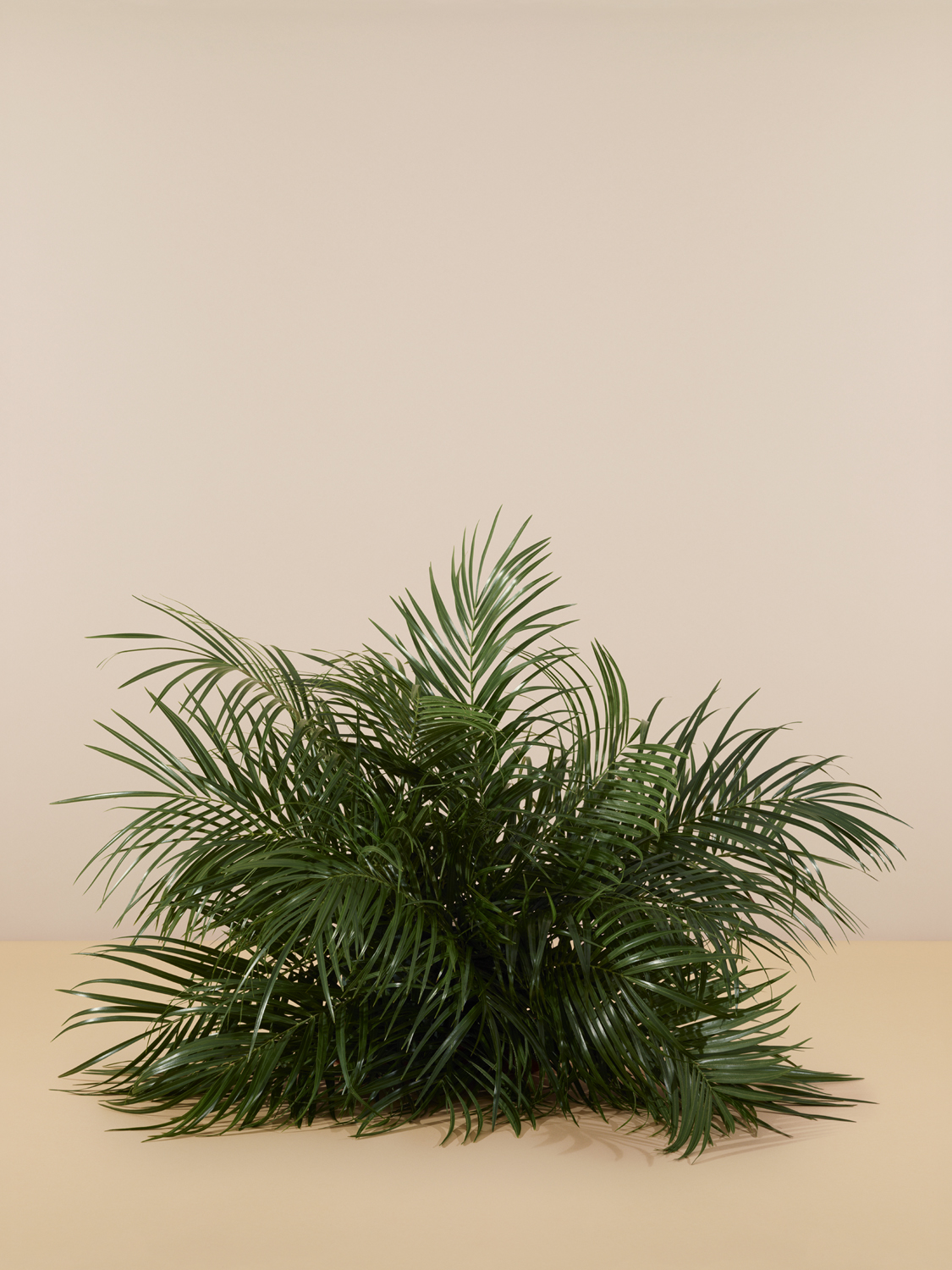
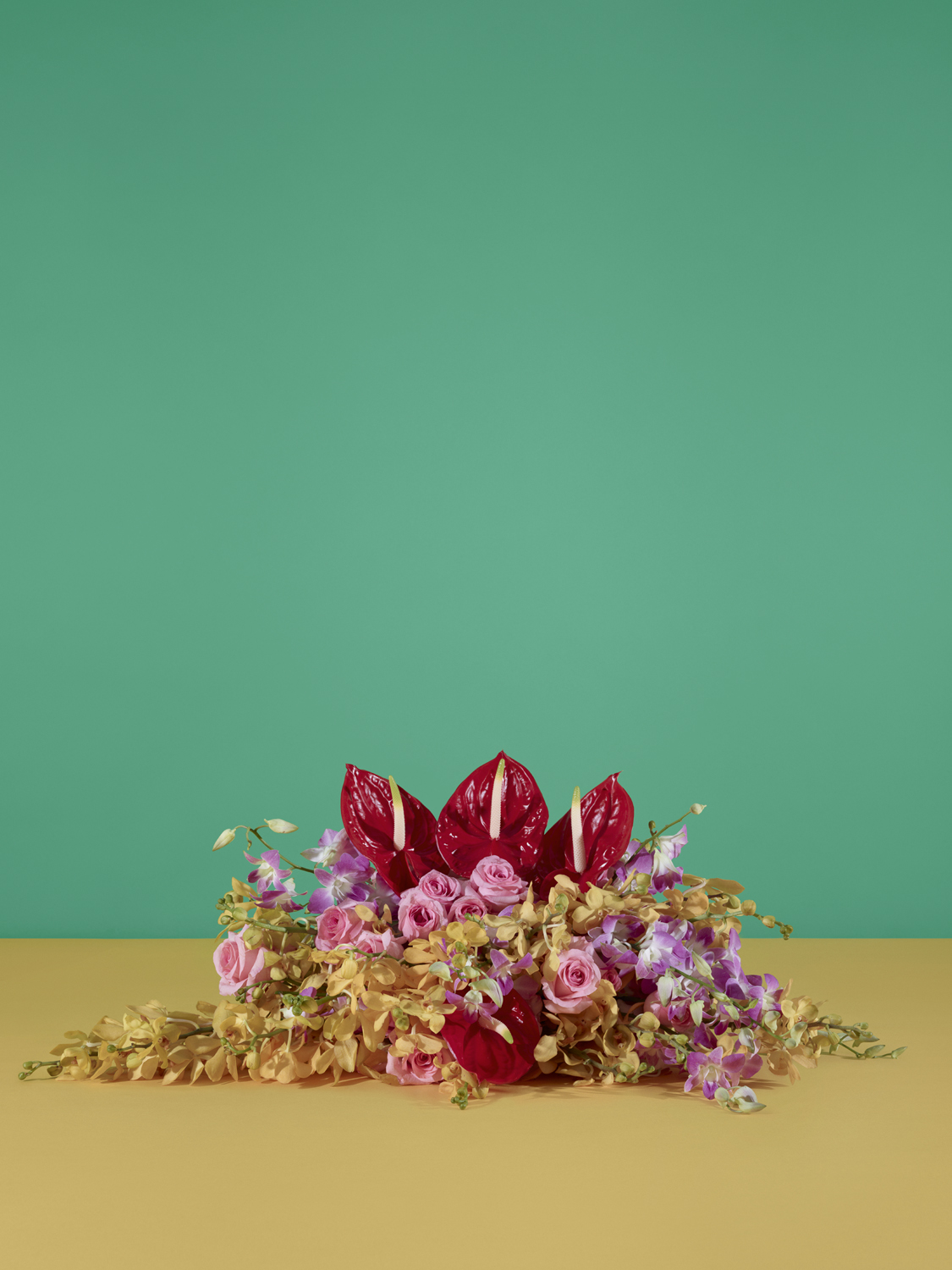
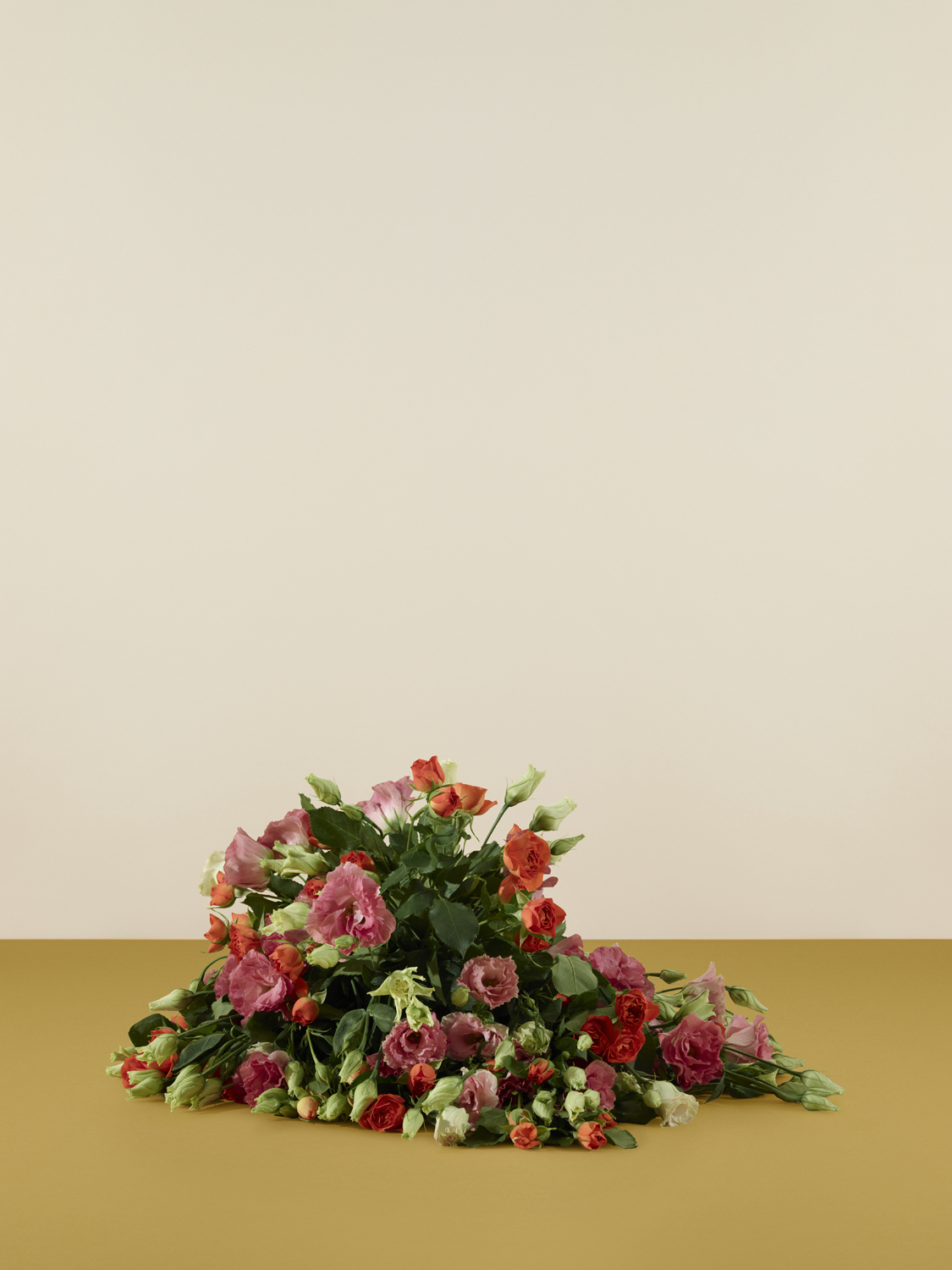
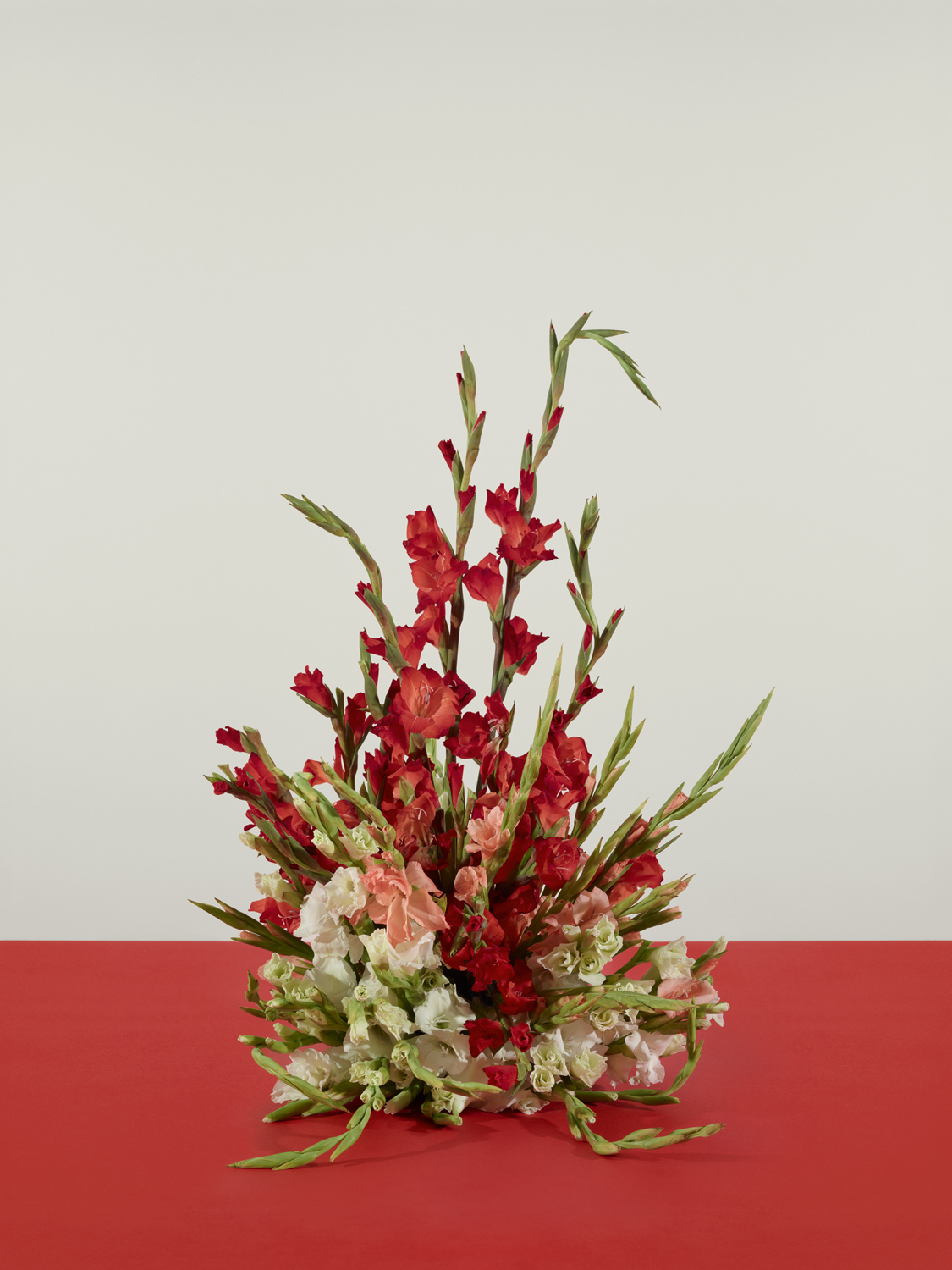
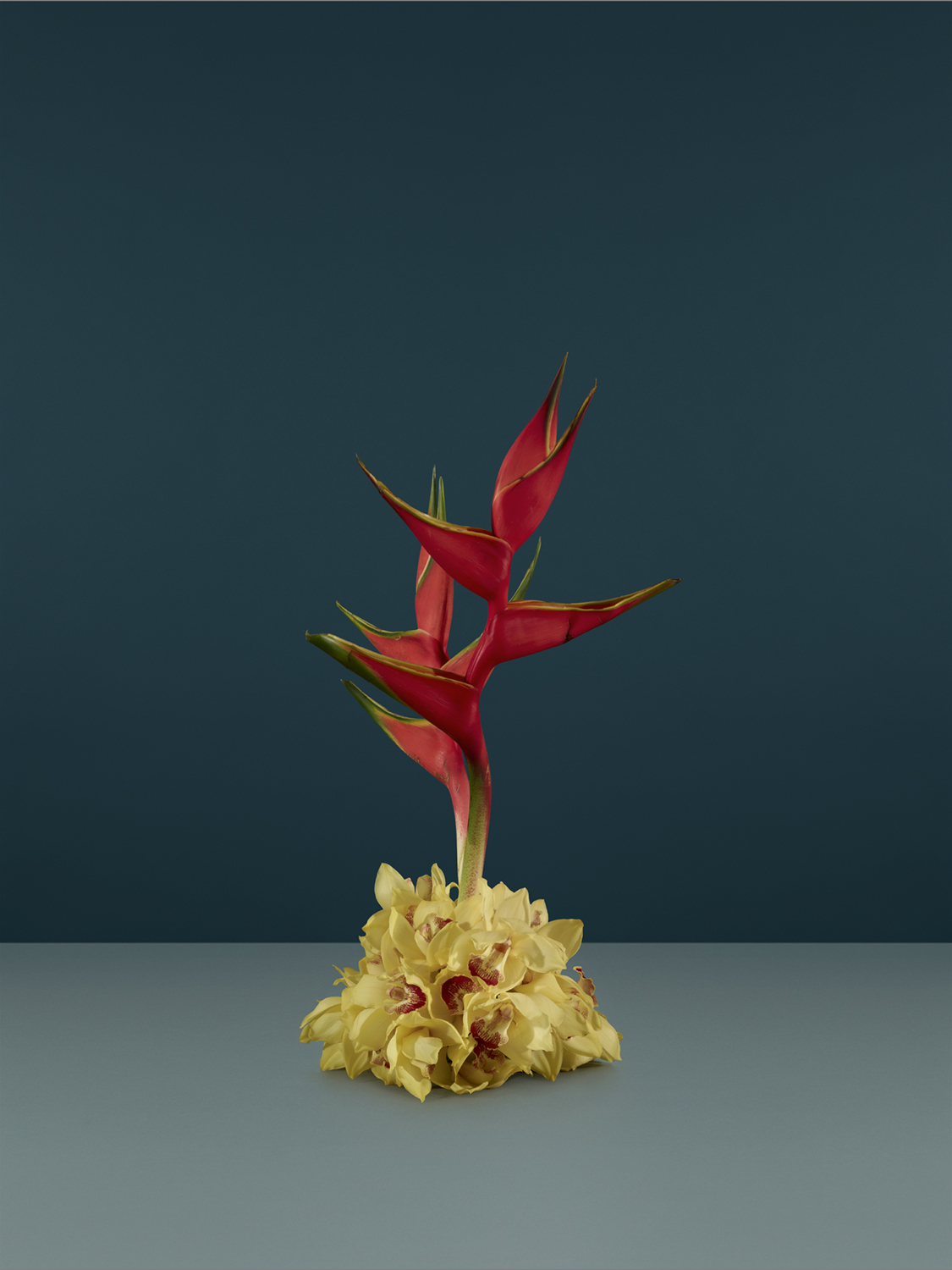
More Must-Reads from TIME
- How Donald Trump Won
- The Best Inventions of 2024
- Why Sleep Is the Key to Living Longer
- Robert Zemeckis Just Wants to Move You
- How to Break 8 Toxic Communication Habits
- Nicola Coughlan Bet on Herself—And Won
- Why Vinegar Is So Good for You
- Meet TIME's Newest Class of Next Generation Leaders
Contact us at letters@time.com